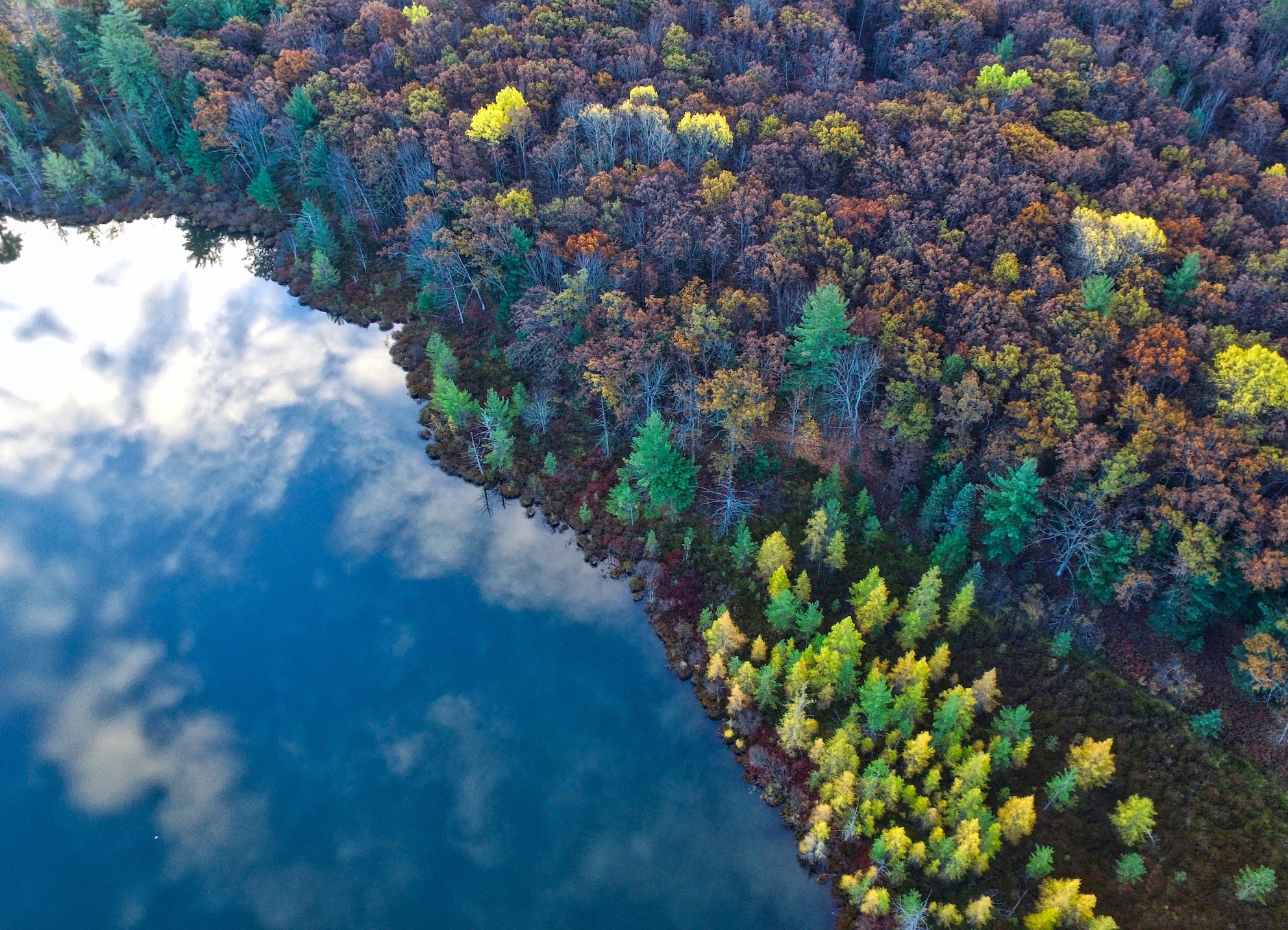3 May 2021 – by Atoosa Gitiforoz
The United Nations Refugee Agency has called on states to provide refuge to people displaced by climate change and to contribute to efforts at improving the resilience of at-risk states to future disasters. According to the Internal Displacement Monitoring Centre (IDMC), weather-related incidents have lead to an average of 21.5 million new displacements every year over the past decade. It is estimated that this figure could rise to 200 million by 2050.
The majority of displaced peoples as a result of climate disasters remain within their country’s borders, often in dangerous weather conditions. Only a small number seek international refuge. Over 1 billion people live in climate-related hazardous conditions where climate resilience is weak. Weather events such as storms and floods were responsible for around 95% of disaster displacements in 2019.
Factors exacerbated by climate change
Other drivers of displacement like poverty, food insecurity, conflict, and political and socio-economic factors are often exacerbated by climate change. Countries that currently face these issues are the least prepared for the impact of climate change.
Food insecurity affects 80% of displaced people worldwide. Climate change can decrease crop yields and food production by damaging land and creating dry conditions. Increased prices as a result then lead to an increase in poverty. Water scarcity as a result of climate change is also linked to increased risk of flooding in other areas of land. The ability of conflict areas to respond to climate disasters is limited due to an existing strain on government resources, leaving little room for recovery. This is why it is evermore important for conflict areas at risk of climate change to develop resilience ahead of disasters. Conflict areas are in a major position of risk to the aftermath of climate disasters due to limited safe land and a pre-existing burden on government resources, leaving little room for recovery.
Vulnerable states and regions identified by the UNHCR
The United Nations Refugee council draws attention to the vulnerability of Central America, The Sahel, Somalia, Yemen, Afghanistan, Bangladesh and Mozambique.
The Dry Corridor refers to the area of Central America where droughts and floods occur, creating displacement and damage to agriculture. In 2020, two hurricanes devastated the region, impacting at least 8 million people.
In the Sahel region, there are over 2 million internally displaced people (IDP) – 1 million in Burkina Faso alone – where armed groups have exploited tension in poor, drought effected areas. Likewise in Somalia, where 2.9 million are internally displaced, climate change impact has also intertwined with conflict: the militant group, Al-Shabab, has exploited economic hardships caused by drought to boost recruits.
In Yemen, the enduring conflict limits abilities to combat issues brought by climate change, and the country’s experience of flash floods and shorter seasons is contributing to existing food poverty. IDPs in Yemen are four times more likely to suffer from food insecurity.
Afghanistan has endured conflict as well as floods and drought, alongside population growth. These events have led to economic instability, escalating conflict, dry conditions, and a reduction of access to humanitarian aid. It is estimated that about half of Afghanistan’s population of 38 million suffered food insecurity in the first quarter of 2021.
Climate change has worsened Bangladesh’s tropical storms and floods, and the frequency and intensity of these cyclones and floods have devastated the Rohyingya refugee shelters, further displacing them.
In Mozambique, Cyclone Idai, Cyclone Kenneth and Storm Chalane, and Cyclone Eloise – all of which occurred in the space of two years (2019-21) have caused displacement and significant damage to the country’s infrastructure. Pre-existing violence and conflict hampered Mozambique’s recovery. By the end of 2020, 670,000 people from Northern Mozambique had been forced from their homes, as well as 1 million people in need of emergency humanitarian aid.
UNHCR climate efforts
In January 2020, as part of the United Nations High Commissioner for Refugees’ (UNHCR) climate action agenda, a Special Advisor for Climate Action was appointed. The three main areas of focus for this agenda are: Law and Policy, Operations, and UNHCR’s environmental footprint.
‘Law and Policy’ includes providing legal advice and guidance to states regarding the protection of refugees and IDPs from climate change. Operations involve supporting countries to better prepare ahead of and respond to climate disasters. For example, fast-growing trees, alternative energy sources for cooking, and first responder training were implemented by the UNHCR and its partners to help Rohingya refugees. Its environmental footprint has been improved via initiatives such as ‘The Green Box’ initiative to install energy meters across UNHCR offices linked to a global dashboard which monitors power consumption and suggests alternative energy sources. The UNHCR’s emphasis is on providing early support and help to at-risk states – key to preventing a costly and devastating impact from climate change and reducing the number of displaced peoples


